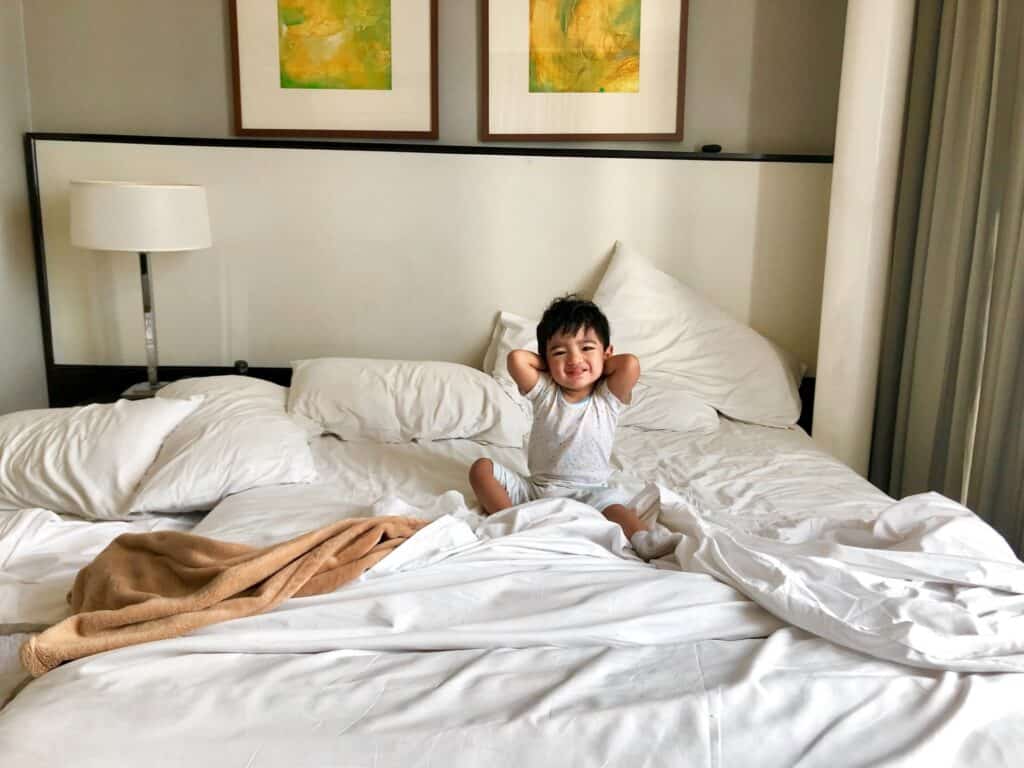
A few bug bites at your Airbnb can turn a guest’s stay into a nightmare – for them and you! Not only can bed bugs cause harm and stress to your clients, they can also lead to financial ruin for your business! Find out how you can eliminate these bloodsuckers and keep your listing free from Airbnb bed bugs!
Absolutely! As short-term rental owners, managers, and hosts, it’s our job to provide safe, clean, and livable lodging. And that includes getting rid of rodents and vermin that endanger our guest’s health.
That said, you have to be aware that bed bug infestations have been on the rise. If you want to know whether your area is a hotspot for bed bug infestations, check out this Top 50 Bed Bug Cities List for 2022. (And please, if your property is located in a city that’s on the list, you better pay close attention!)
Pest control experts say no building is exempt from a bed bug infestation. Any type of home is prone, and it has nothing to do with cleanliness or socioeconomic status. Exterminators have been treating for bed bugs anywhere, from the swankiest hotels to public housing.
In 2018, the National Pest Association conducted a survey and found that 91% of bed bugs were present in single-family homes and 89% in apartments or condominiums.
Known as the hitchhiker of insects, bed bugs (climex lectularius) can travel from place to place with ease — hitching on people’s luggage, clothes, purse, shoes, and other personal belongings.
They aren’t known to crawl inside people’s homes on their own. They are transported by humans. Many travelers become carriers of these non-flying critters without even knowing it.
Bed bugs infest both private and public places where people sleep or congregate. These include hotels, hospitals, nursing homes, dorm rooms, homeless shelters, prisons, military barracks, theaters, business offices, and even public transportation such as buses, subways, and trains.
Once inside homes, they like to hang around beds, couches, and easy chairs – anywhere humans spend a lot of time resting. They are drawn to the smell and warmth of human flesh.
Bed bugs will look for dark hiding spots near lounging areas and come out when people are asleep so they can suck on blood.
Aptly called “vampires of the insect world”, these parasites can ingest 7 times their own weight in blood, which is equivalent to an average-sized male drinking 120 gallons of liquid!
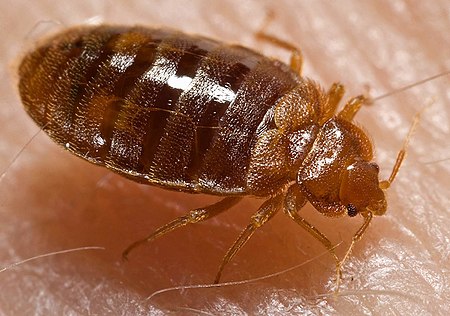
Bed bugs don’t burrow in wood but they can shelter in cracks and corners of wooden surfaces. They can make themselves so flat that they hide undetected in dark, undistrubed places – underneath mattresses, bed skirts, box springs, behind headboards, baseboards, loose or torn wallpaper, picture frames, and mirrors. They can also lurk inside drawers, chair cushions, power outlets, under lamps, and inside electronics.
While infestations commonly happen inside bedrooms, these wingless insects can easily migrate to other parts of a house. Here are some facts from PestWorld.org that are important for all property owners to know:
(*Some studies have found adult bugs to have the ability to survive without food for even beyond a year.)
Telltale signs that your place has bed bugs include blood stains on your bed, tiny black ink-like dots on surfaces (their droppings), and a sweet, musty smell in areas where they nest. Aside from live bugs, you’ll want to look for their eggs – which look like small grains of rice, about a millimeter in size – as well as the brown exoskeletons that they shed when they mature.
Read also: Best Sheets for Airbnb: The Top 5 Fabrics to Choose From (and Their Pros and Cons)
Short-term rentals are at high risk of attracting bed bugs. They have shared spaces with high volumes of visitors coming in and out, many of them travelers from around the country or abroad.
When STR owners outline the potential risks to their rental business, they often think of just theft, fire, accidents or physical damages. They don’t realize that a bed bug infestation is just as much a threat or liability risk as the other ones.
Airbnb bed bugs can cause not only pain in your head but also a huge hole in your pocket. Extermination services could run anywhere from $500 to $5000, depending on the location and size of your property, the kind of treatment used, and the severity of the infestation. It can also make you seriously liable for personal damages to your guests.
Imagine these potential scenarios:
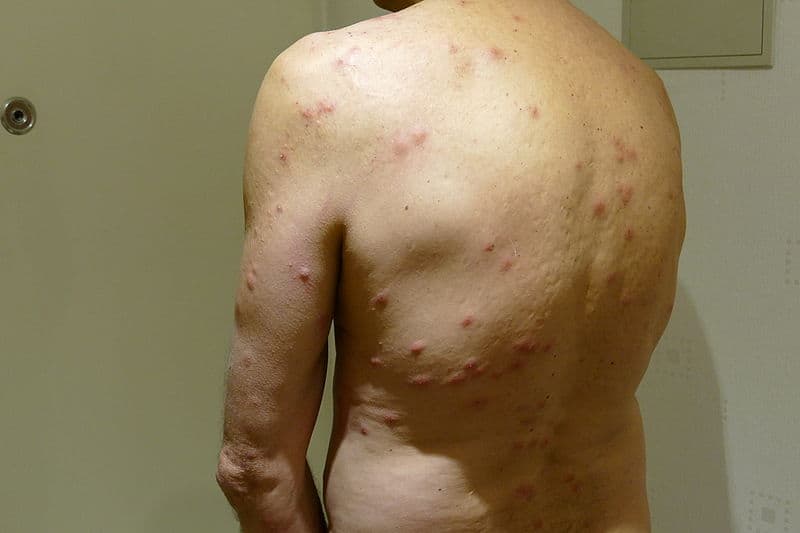
Yes, there’s such a thing as bed bug homeowner liability. In the world of lawsuits, bed bug liability is a sensitive issue with great potential for litigation. And the number of bed bug lawsuits has been on the rise. Considering that settlements range from $25,000 to $500,000 on average, you’ll want to steer way clear of this unwanted hassle!
Unfortunately, Airbnb doesn’t have a clear policy on bed bugs. They treat each complaint and situation on a case-to-case basis.
The company does take guest complaints about bed bugs seriously and will take down a listing until the problem has been fixed. They’ll likely issue an Airbnb bed bugs refund for the remaining nights of the guests’ stay, and relocate them to another listing nearby.
They’ll also ask the host to provide an estimate of how long it will take to get rid of the infestation. They’ll cancel and reassign your bookings until you’re able to show proof that extermination work is being done by professionals.
If your guests start complaining of itchy bites on their skin – appearing as red, swollen welts in a line or zigzag – inspect your home immediately. If you confirm bed bug presence, apologize right away and transfer your guests to another property. Give them a refund* then cancel or reschedule all your bookings for the next week or so. Or until you’ve successfully resolved the issue.
(*We recommend giving a full refund. It would be better to lose a few bookings than to permanently damage your reputation due to bed bug-horror reviews.)
You’ll have to act fast because bed bugs multiply and move quickly from one room to another. You could be facing an infestation in your entire home, as well your neighbor’s – if you live in a multi-family or apartment building.
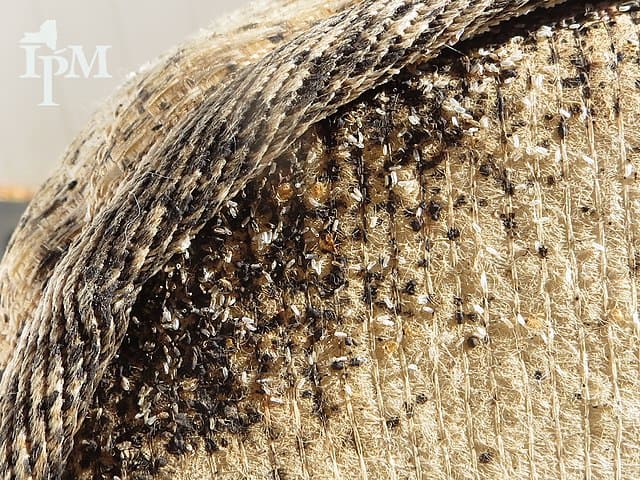
Here’s how to get rid of bed bugs from your Airbnb:
So how do you avoid bedbugs if you’re an Airbnb host? It goes without saying that you have to clean up after each guest. That’s an S.O.P. But also vacuum the bedrooms frequently to reduce the possibility of any hitchhikers lingering in the floor and bed spaces.
Here are other things you can do to prevent Airbnb bed bugs:
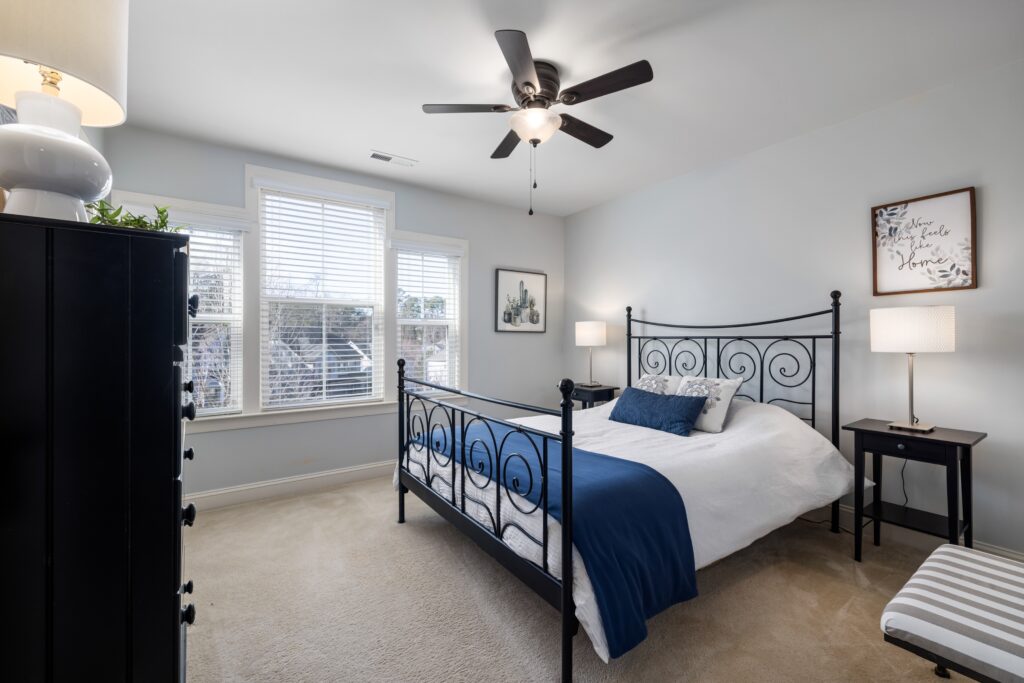
Airbnb bed bugs can be both a guest’s and a host’s worst nightmare. While it’s nearly impossible to prevent these critters from sneaking into your property, you can at least prevent them from infesting your home.
If you catch their presence early enough, it’ll be a lot easier and cheaper to address it then, than having to battle a full-blown infestation later.
As with most problems in life, prevention, and early detection is key.
Ready to learn how we built & operate a $2M/year short term rental business, operate properties throughout the USA remotely, and acquired 70+ properties without owning any in just 2 years? Attend our free online master class to learn how you can do the same. Click here.